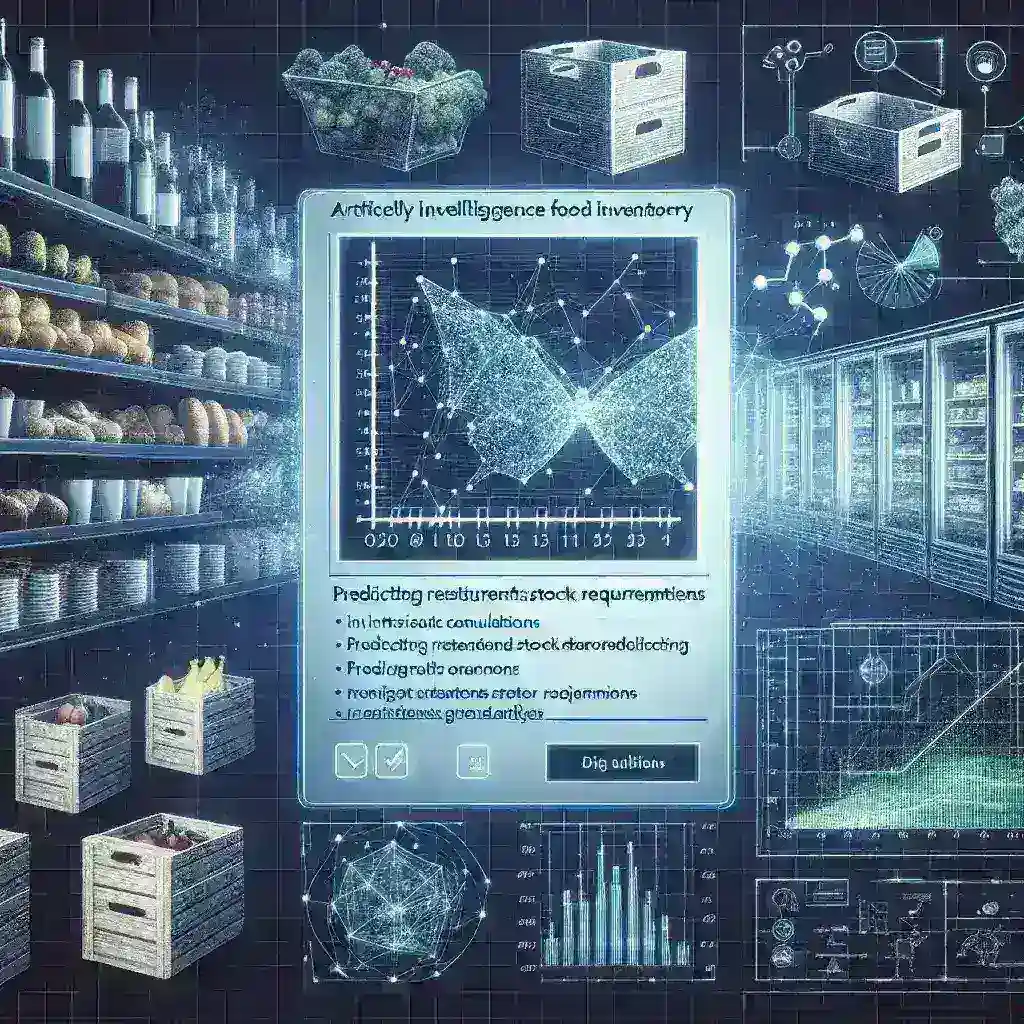Introduction
In a world increasingly defined by rapid technological advancements, the food delivery service DoorDash is taking a significant step towards revolutionizing how restaurants manage their stock. By launching an AI-driven inventory prediction system, DoorDash aims to improve operational efficiency and minimize waste across restaurants in the U.S. This innovative approach is set to change the landscape of food service, enabling businesses to adapt to fluctuating consumer demands with unprecedented accuracy.
Understanding the AI-Driven Inventory Prediction System
The AI-driven inventory prediction system utilizes advanced machine learning algorithms to analyze historical sales data, seasonal trends, and even local events that may impact demand. The primary goal of this system is to equip restaurant owners and managers with predictive insights that allow them to optimize their inventory levels.
Key Features of the AI System
- Data Analysis: The system processes massive amounts of data to identify patterns and trends, providing restaurants with actionable insights.
- Demand Forecasting: By predicting future demand, restaurants can reduce overstocking and understocking scenarios, leading to increased efficiency.
- Waste Reduction: With better inventory management, restaurants can significantly reduce food waste, benefiting both the environment and their bottom line.
- Customizable Alerts: Restaurant managers will receive alerts and notifications for inventory levels, ensuring they stay ahead of potential shortages.
The Historical Context of Inventory Management in Restaurants
For decades, restaurants have grappled with the challenges of inventory management. Traditional methods often rely on manual tracking and historical sales data, which can lead to inaccuracies and inefficiencies. As the restaurant industry has grown, so have the complexities involved in managing inventory. The introduction of AI technology marks a significant turning point, as it allows for data-driven decisions that can enhance operational performance.
Future Predictions and Market Impact
The implications of implementing AI-powered inventory management extend beyond individual restaurants. As DoorDash rolls out this technology, we may witness a broader trend across the food service industry. Here are some predictions:
- Increased Adoption of AI: Other food delivery platforms and restaurants are likely to adopt similar technologies as they recognize the benefits of AI in inventory management.
- Enhanced Customer Experience: By improving their inventory management, restaurants can ensure that they have the items customers want, when they want them, leading to enhanced satisfaction.
- Shift in Industry Standards: As AI becomes the norm, restaurants that fail to adapt may struggle to compete, pushing the industry towards a new standard of efficiency and responsiveness.
Pros and Cons of AI Driven Inventory Prediction
Benefits
- Improved Efficiency: Reduces the time and resources spent on inventory management.
- Data-Driven Decisions: Enables restaurants to make informed decisions based on real-time data analysis.
- Cost Savings: Minimizes food waste and overstocking, ultimately leading to cost savings.
Challenges
- Implementation Costs: Initial setup and integration of AI technologies may require significant investment.
- Data Privacy Concerns: Handling customer and operational data raises concerns about privacy and security.
Real-World Examples of AI in Action
While DoorDash’s initiative is groundbreaking, several other companies have successfully implemented AI in their inventory management processes:
- Domino’s Pizza: They utilize predictive analytics to forecast demand during peak hours, ensuring they have enough ingredients on hand.
- Starbucks: The coffee giant employs AI to manage its inventory across thousands of locations, allowing for real-time adjustments to stock based on customer preferences.
Cultural Relevance and the Role of Technology
The shift towards AI-driven solutions reflects a broader cultural acceptance of technology in everyday life. As consumers continue to demand convenience and efficiency, restaurants must adapt to meet these expectations. The implementation of AI not only helps streamline operations but also aligns with the increasing consumer preference for sustainability and waste reduction.
Expert Insights
Industry experts have weighed in on the significance of AI in inventory management. According to food service consultant Jane Doe, “The introduction of AI-driven solutions in inventory management represents a crucial evolution in how restaurants operate. It’s not just about keeping shelves stocked; it’s about understanding the complexities of consumer demand and responding accordingly.”
Conclusion
The launch of DoorDash’s AI-driven inventory prediction system marks a pivotal moment for the U.S. restaurant industry. By harnessing the power of artificial intelligence, restaurants can enhance their operational efficiency and sustainability while providing a better experience for their customers. As this technology becomes more prevalent, it will undoubtedly reshape the future of food service, making it essential for restaurant owners to embrace innovation and adapt to the changing landscape.

